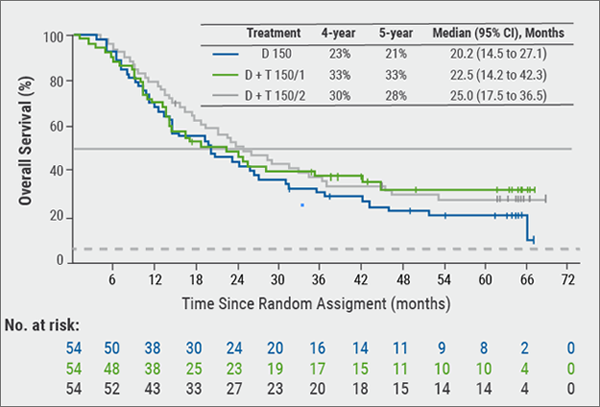"The findings of our study clearly demonstrated that the use of confocal microscopy is strongly needed in referral centers dealing with melanoma diagnosis," lead author Dr. Giovanni Pellacani of University La Sapienza in Rome told Reuters Health by email. "European guidelines already include this technology and thanks to this evidence, they should highlight the potential of confocal for reducing unnecessary excisions."
Principal investigator Dr. Caterina Longo of the University of Modena and Reggio Emilia, Modena, added that the team "will further perform a cost analysis to assess the economical benefit of using confocal microscopy or different health systems." They will also assess findings of three analyses, conducted in parallel, of the use of a handheld confocal microscope "in focused indications, such as increasing sensitivity in atypical mole/dysplastic nevus syndrome patients and in facial lesions, and confirming basal cell carcinoma diagnoses to avoid pre-treatment biopsies."
For the current study, published in JAMA Dermatology, Drs. Pellacani, Longo and colleagues randomly assigned 3,155 patients (mean age, 49; 51%, men) to standard care (clinical and dermoscopy evaluation) with or without adjunctive RCM.
The mean follow-up was 9.6 months.
The aim was to test the hypothesis that RCM reduces unnecessary lesion excision by more than 30% and identifies all melanoma lesions thicker than 0.5 mm at baseline.
The team found that when compared with standard care only, adjunctive RCM was associated with a higher positive predictive value (18.9 vs. 33.3), a lower benign-to-malignant ratio (3.7:1.0 vs. 1.8:1.0), and a number needed to excise reduction of 43.4% (5.3 vs. 3.0).
All 15 lesions with delayed melanoma diagnoses were thinner than 0.5 mm.
The authors note, "Applicability of this trial is limited to referral centers with RCM experience, but future application of RCM into a general dermatology setting (not specialized clinics) may decrease morbidity among suspect lesions following adequate training."
Dr. Pellacani concluded, "The take home message to our colleagues is to consider confocal microscopy as an add-on tool in our hands for selected suspicious lesions. The future is here! We have a virtual biopsy in our hands. Confocal microscopy in the last 10 years has radically changed the way to approach difficult-to-diagnose lesions, giving us the possibility to see the cells directly in vivo!"
SOURCE: https://bit.ly/3mCWIne JAMA Dermatology, online June 1, 2022.
By Marilynn Larkin
Posted on
Previous Article
« Kids with solid-organ transplants also at risk for keratinocyte carcinoma Next Article
Bluebird bio’s gene therapy for blood disorder gets FDA panel backing »
« Kids with solid-organ transplants also at risk for keratinocyte carcinoma Next Article
Bluebird bio’s gene therapy for blood disorder gets FDA panel backing »
Related Articles
August 12, 2021
Long-term results from ground-breaking melanoma trials

December 20, 2018
CNNs and targeted combination therapy
August 26, 2019
Surgical management of melanoma
© 2024 Medicom Medical Publishers. All rights reserved. Terms and Conditions | Privacy Policy
HEAD OFFICE
Laarderhoogtweg 25
1101 EB Amsterdam
The Netherlands
T: +31 85 4012 560
E: publishers@medicom-publishers.com

